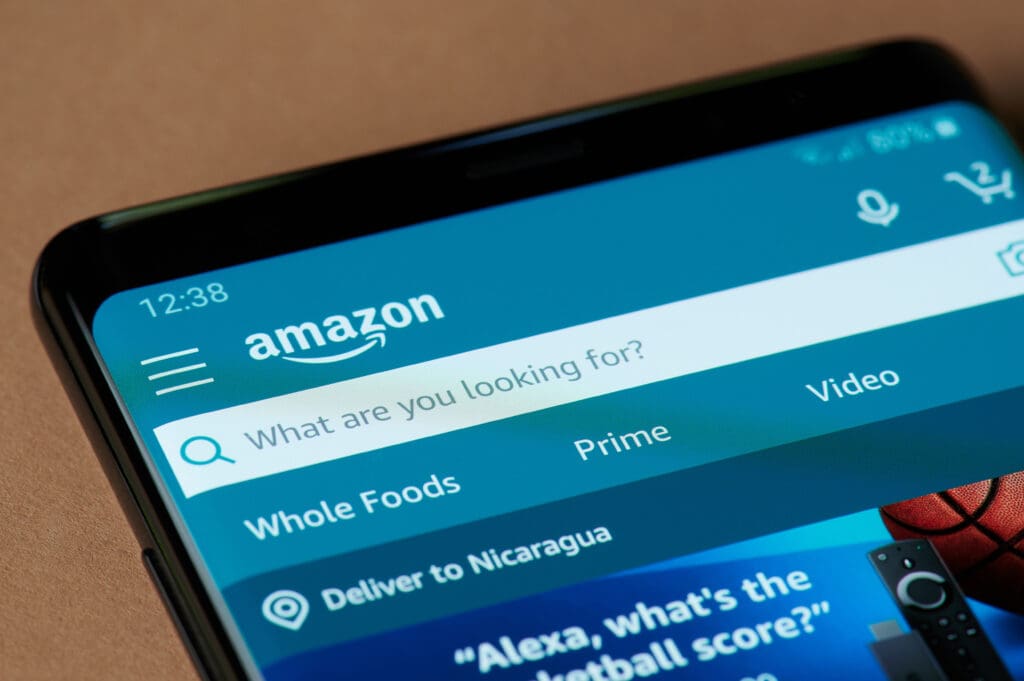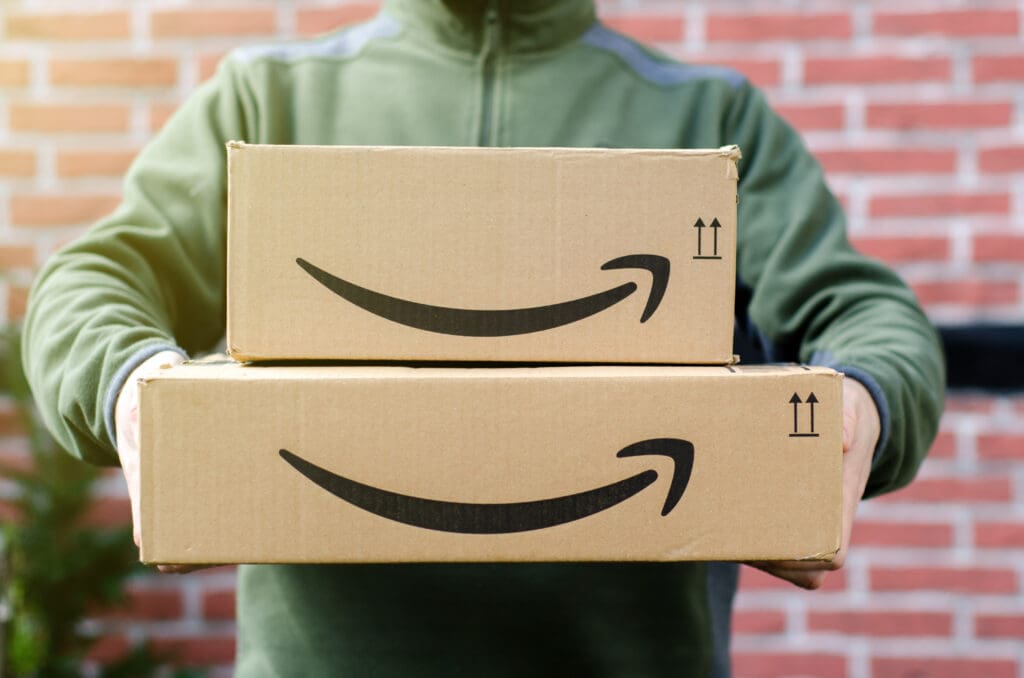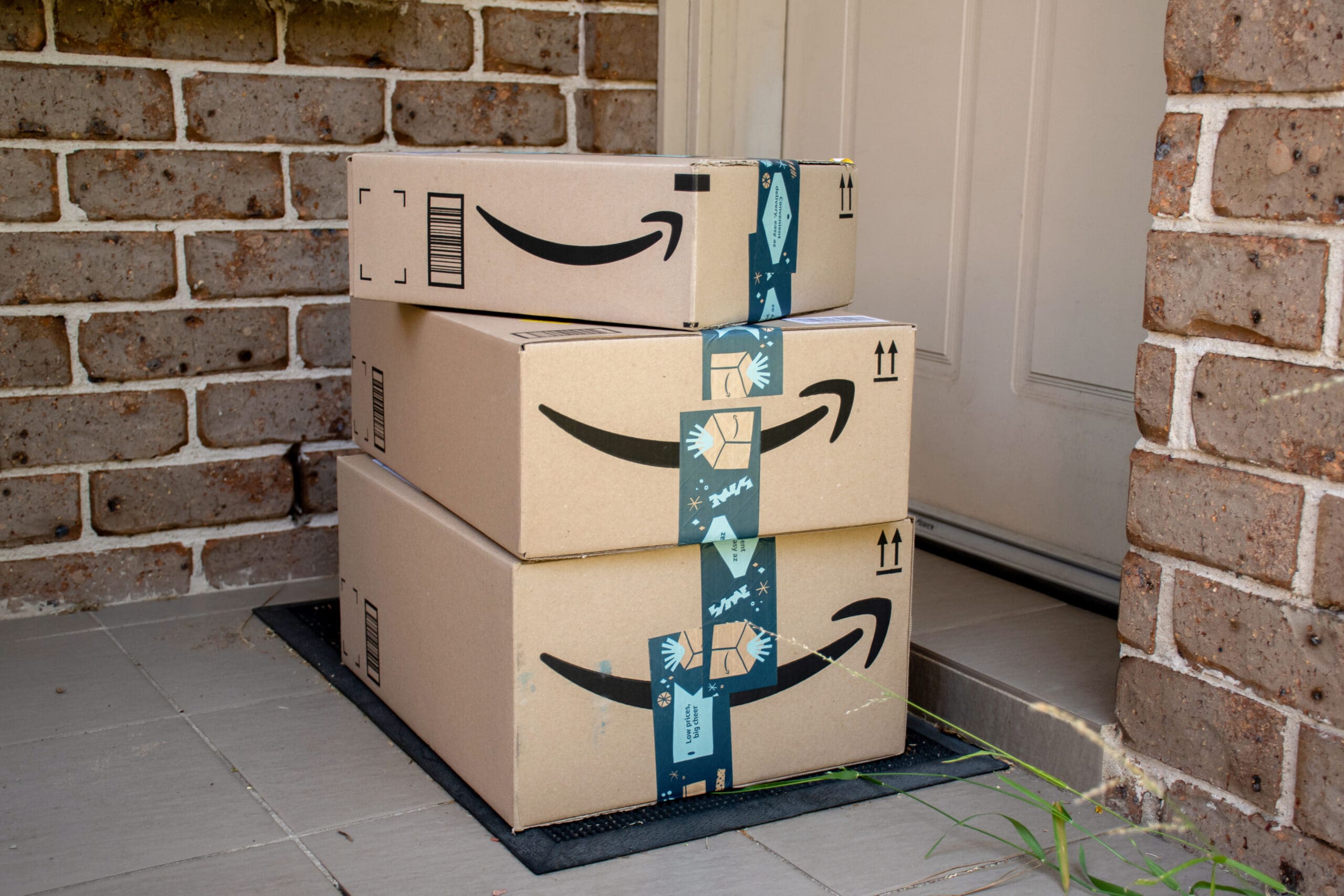Why We’re Addicted to Amazon and How It Changed Everything
The Retail Landscape Then vs. Now
Fifteen years ago, retail was centered around in-person shopping, long before the Amazon effect on retail reshaped how we buy and sell. People went to malls, browsed racks, and spent hours walking through stores. The experience was physical, social, and tangible. You could touch fabrics, test electronics, and interact with salespeople. Retail success depended heavily on prime locations, customer service, and brand loyalty built face-to-face.
Today, that landscape looks almost unrecognizable. Physical retail still exists, but the dominance of e-commerce, particularly Amazon, has shifted both consumer expectations and business models. The traditional retail formula of location, product, and service no longer guarantees success. Instead, speed, convenience, and digital accessibility dictate consumer decisions.
The Amazon Effect on Retail: Convenience as Currency
Amazon didn’t just join the retail world; it rewrote the rules. What started as an online bookstore is now a one-stop global marketplace where consumers can find virtually anything. The key driver? Convenience.

- One-click purchasing: Amazon eliminated friction at checkout, making shopping feel effortless.
- Prime delivery: Free two-day (and now even same day) shipping transformed consumer patience. What once felt “fast” at 5–7 days is now “too slow”.
- Infinite selection: From groceries to gadgets, Amazon created the expectation that everything should be available in one place.
- Personalization: Product recommendations and AI-driven suggestions make browsing almost addictive.
This formula has created a feedback loop. The more you shop, the more tailored the experience becomes, making it easier and more tempting to keep coming back.
Why It Feels Like an Addiction
Shopping on Amazon taps into the same dopamine-reward cycles as social media and gaming. Here’s why:
- Instant Gratification – Knowing a product will arrive at your door in a day or two provides a near-instant payoff.
- Endless Browsing – With millions of products, there’s always “something else you might like.”
- Seamless Payments – Saved cards, one-click buying, and voice-activated Alexa purchases remove friction that would normally slow us down.
- Small Wins – Deals, flash sales, and discounts make shopping feel like a game where you “win” savings.
The result is a psychological loop that keeps consumers craving the ease and excitement of the next Amazon purchase.
The Downside for Traditional Retail
For brick-and-mortar stores, competing with Amazon isn’t just about pricing; it’s about rethinking their entire strategy. Many retailers have shifted focus to experiential shopping (think Apple stores or Lululemon classes), hybrid models (like buy online, pick up in store), and niche branding that creates loyalty beyond price and speed.

Still, the convenience trap is real. Once consumers get used to Amazon’s level of service, brick-and-mortar traditional stores can feel slow, inconvenient, or overpriced.
Looking Ahead: What This Means for Consumers and Retailers
The next 15 years won’t be about physical vs. digital. It will be about integration. Retailers that survive will be those that blend convenience with experience, personalization with human connection. And consumers, for all our “addiction,” may start demanding not just speed and low prices but also sustainability, ethical practices, and deeper brand values.
The Amazon effect on retail may have trained us to expect convenience at all costs, but the next chapter of retail could be about balance, finding ways to blend the instant gratification of e-commerce with the human touch that traditional shopping once provided.
The future of retail belongs to brands that adapt quickly and connect meaningfully. At CMA, we help businesses evolve their strategy, create engaging online experiences, and stay ahead of changing consumer behavior. Let’s start shaping what’s next – contact us today to discover how.
AUTHOR

Kim Kelley, Marketing Guru
Kim Kelley is the Principal at Creative Marketing Arts. With over 30 years in the Shopping Center industry, Kim offers creative ideas blended perfectly for REIT Advertising and Marketing. With an eye for perfection and creative flair, Kim offers all clients Out of the Box solutions.
